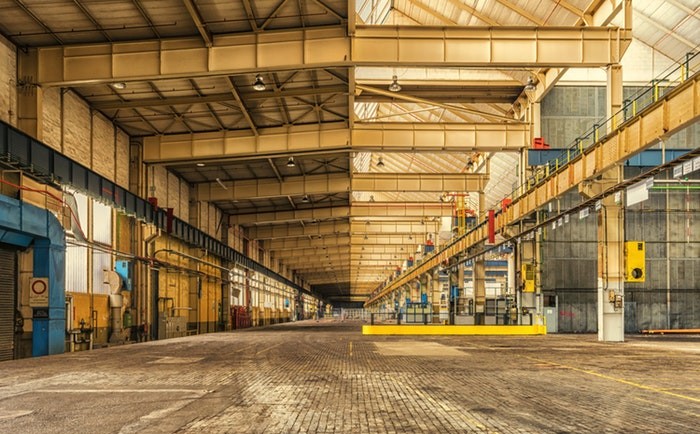There are many forms of businesses that will need to use a call center as a part of their main business plans. Whether you run an insurance provider, or an emergency services hotline, there can be a range of reasons why you will need a specific call center setup. You may even operate a call center that takes on work from the aforementioned businesses. Either way, when it comes to setting one up and keeping it running there’s a lot to think about.
From your premises to the way you handle each call, a lot of thought will need to go into the establishment of your business, and then the day to day operations too. It can often feel like a lot of information to take on, but that doesn’t always have to be the case. Whether you’re experienced in the field, or you’re new to business, you will be able to get set up and running without a hitch; you just need a simple guide to follow. And you’ve come to the right place. So let’s take a look at what you need to do to make that happen, and ensure that the call center you set up is going to be a success.
Locate Your Office
First, you’re going to want to find your office. Because every call center needs to be based somewhere. Luckily for you, location won’t really need to be your main concern. Although it’s ideal to work somewhere with easy access to local facilities, it’s not always the main focus when your business is a call center. Primarily, you need to be thinking about space. Because if you plan to house a lot of staff, you need to make sure that the location will fit them in. This can often mean that you need a space that’s a little out of the way so it’s more affordable.
Construct The Right Layout
With your space all picked out, you then need to focus on constructing the right layout. Because your call center design will matter. You’re going to want to make sure that you can fit as many operatives in as possible, and only the right kind of layout is going to work for you. To do this, you may need to move the space around a little to make sure you have enough room for the furniture and equipment you need to put in.
Specialist Call Centers
It’s also important to recognize that not all call centers are the same. So once you’ve chosen the correct layout, you’ll also need any specialist equipment related to your niche. 911 dispatch centers will need specialist dispatch console furniture, while customer support centers may need immediate access to other team members for product support. Therefore, you need to be able to create a space that is tailored to the way your staff will need to work.
Agree On A Telecommunications Contract
But furniture is just half of the battle. With a call center style business, your telecommunications are a huge part of your business, so you need to make sure that the equipment you purchase if going to support your business operations and needs. For this, you should shop around. And don’t always go with the cheapest. Above all else, you need to make sure the telecoms contract you agree too will be right for your business.
Hire Your Staff
Next up, it’s staff hiring time. And for this, you really do need to work out how many operators you will need. Are you planning on opening during office hours only, or will you need shift workers? Because if you will be looking for people to work shifts, you’re going to need more employees than if you’re only open between set hours.
Create Your Scripts
Next up, you’re going to want to work on your scripts. And don’t underestimate this step. Call scripting can be quite tough. You need to make sure that you have a framework that your staff can work with, and that will also support the needs of your callers. So you really are going to need to put a lot of time and effort into getting these right. You may also want to work with experts to get them right too.
Keep Up The Training
Finally, you’re also going to want to keep on with your training. Because you’re going to find that you will have to keep preparing your staff and tweaking your scripts to make sure that your customers’ needs are covered. Whether it’s monthly or bi-monthly, you need to ensure that your teams are up to scratch on how they work, to know that your business is going a good job.



